1900s - Brooches

What happened to brooches? They’re absolutely stunning pieces of jewelry that can add a little pizzazz to an outfit. While heavy, intricate brooches are great, lighter brooches would be a lot more convenient with today’s fashion trends. They look so trendy when pinned to A-line dresses and blazers.
Brooches were first invented in the years prior to the Middle Ages. The Bronze Age gave birth to them and were used primarily as decorative fasteners for clothing. The purpose of brooches is basically the same today, although the decorative aspect is far more important in the modern era than its more practical use.
1900s - Corsets

We love the look of corsets, but we definitely don't miss the corsets that were laced so tight that women practically suffocated in order to be fashionable and "desirable" in the 19th century. So, no, we don’t mean the ones that were super tight and made it difficult to breathe. Those should stay gone forever.
However, there is another option. We're in the roaring '20s of the 21st century, so there are definitely some things we've improved on when it comes to waist-cinching fashion. In the place of 1900s corsets, we think the corset design should come back with a modern twist. The new corset designs still accentuate the waist while still being breathable and comfortable. What more could a girl ask for?
1910s - Driving Gloves
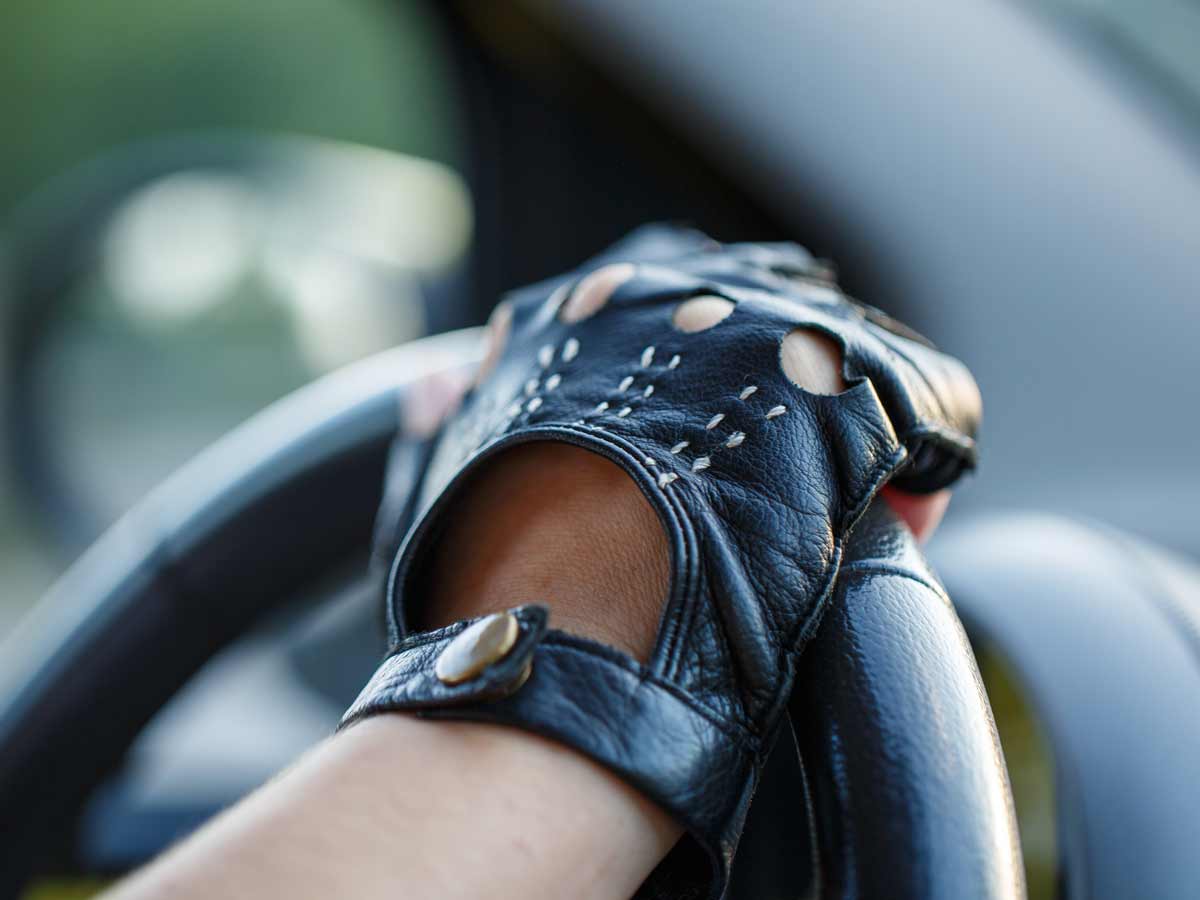
You probably only wear gloves in the wintertime, but this accessory can (and should) be rocked year-round! Not only will a set of soft, leather gloves protect your fresh manicure from the elements, but these gloves also look ultra sleek. Plus, putting them on before you get in the car in the hot summertime or cold wintertime will save your hands from being burned or frozen by the steering wheel!
Driving gloves first appeared in the late 19th century when steering wheels were constructed from uncomfortable metal or wood materials. PLus, internal heating wasn't a thing because all cars were convertible. On top of protecting new drivers from the weather, they also prevented splinters from wooden steering wheels.
1910s - The Gibson Tuck
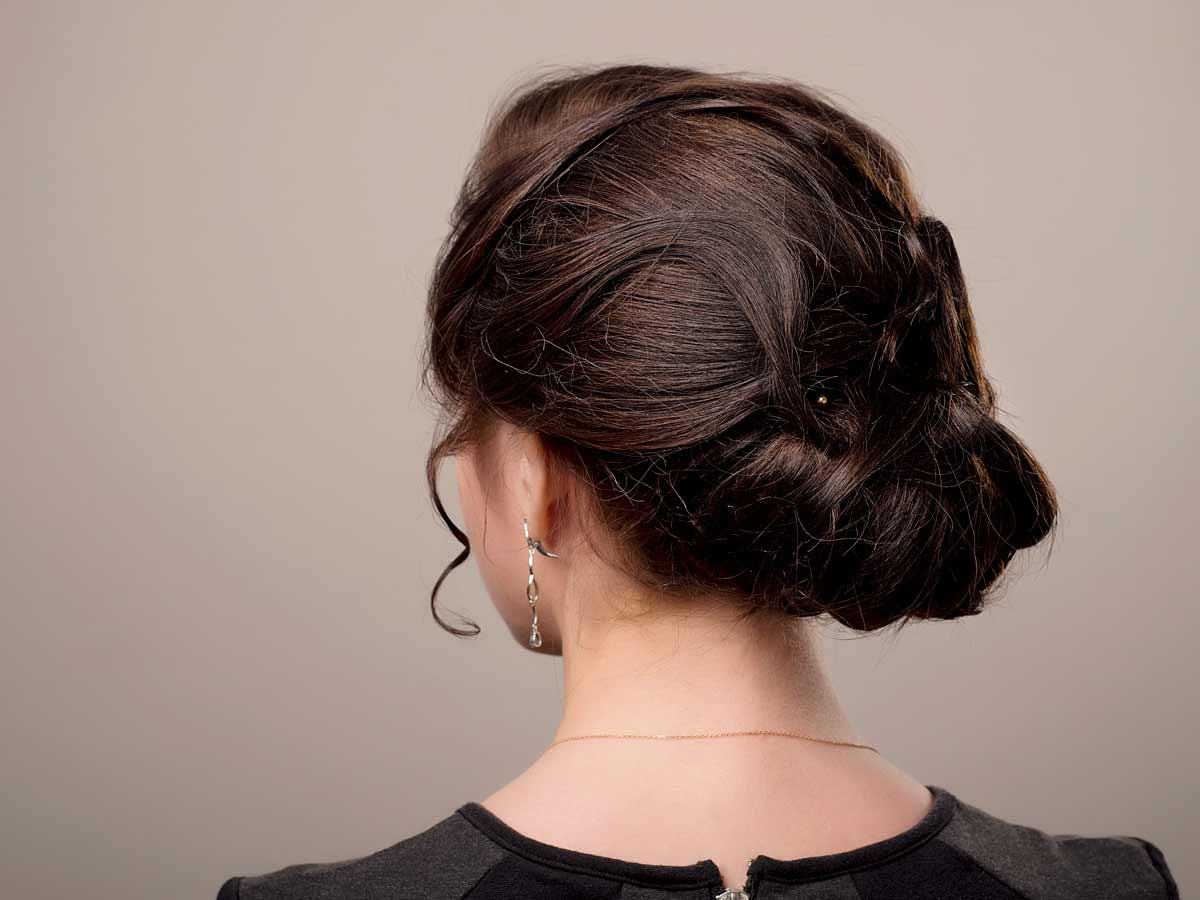
The Gibson Tuck (also the Gibson Roll) appeared early in the 19th century. It’s fairly easy to accomplish but looks beautiful with minimal effort. All you need is two strips of fabric. Put your hair in between the two strips and begin to twist until you feel it in the back of your head. Then simply tie it like a headband.
This style is similar to the uber-popular chignon. Either high or low, these styles were super popular in the early 20th century and later on in Hollywood film during the ‘50s and ‘60s. Audrey Hepburn was one of the most popular actresses that wore this style, so we naturally love it. While we love the high chignon, the low chignon is much easier to replicate and requires much less hairspray.
1910s - Big Hats

Big, unique hats were quintessential accessories for every decently fashionably man and woman in the early 20th century. According to Vintage Dancer, the most popular hats back then ranged from the masculine Debry hat and fedora to top hats, golf caps, and even ones made of straw. So did Americans fall out of love with big hats?
We think they should all come back! Unfortunately, only the fedora still remains, but people use and abuse the style by mixing it with Old Navy pants and fast fashion crop tops... When we say that these classic hats should come back, they should come back with all the style and grace of the men and women who rocked them first. Perhaps we should just attend more horse races?
1920s - Silk Scarves
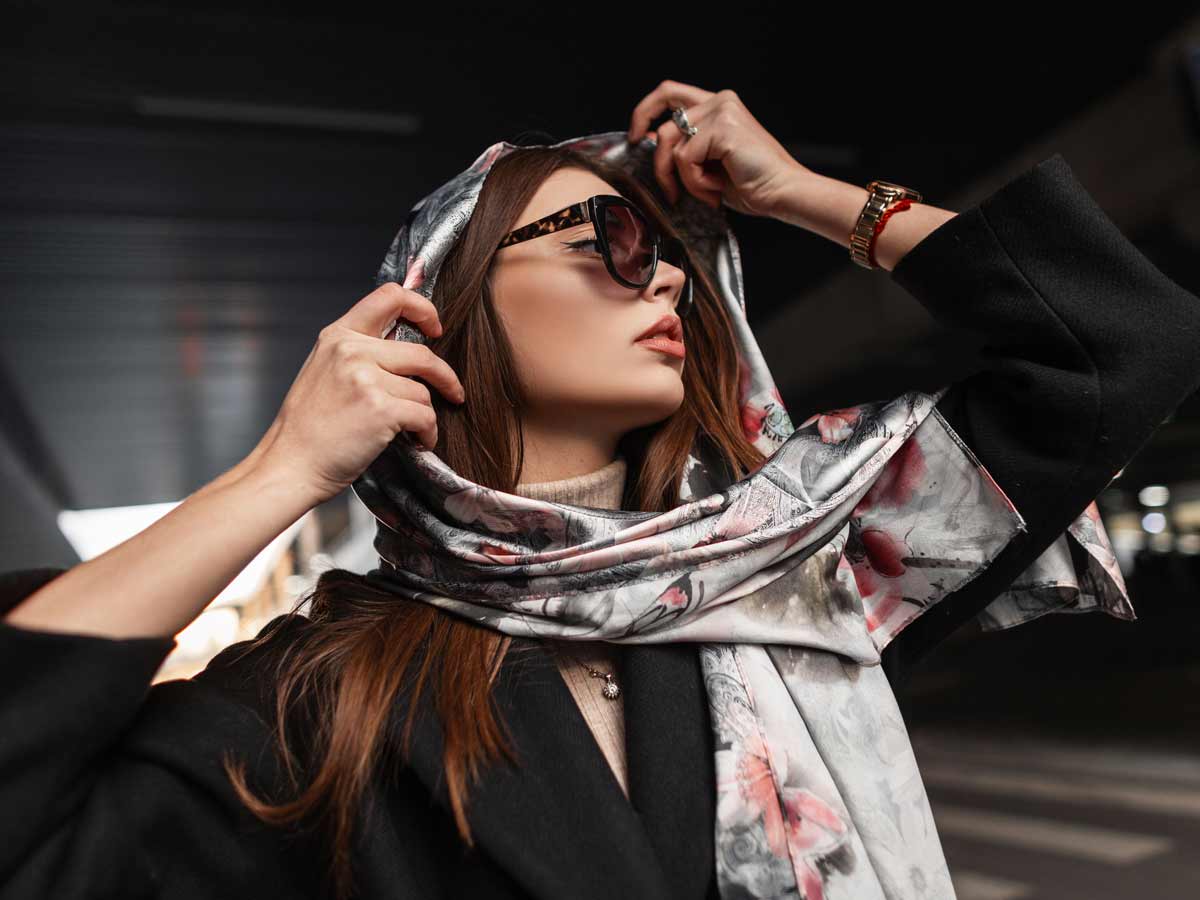
Headscarves are practical because they keep your hair out of your face, and they can make a bold fashion statement if you pick a great color or pattern. From working in the garden to going for a drive, they're classy and practical for any occasion. This year, stylists are pairing them with messy braids, middle parts, bangs, and by people around the world to protect their hair from the elements (on top of religious reasons or social conventions).
This classic French style has fallen out of fashion here in the United States, but we hope it makes a comeback soon. Lightweight, silk scarves are the perfect neck accessory to wear in the springtime. They add a touch of glamour to an outfit and are the perfect alternate accessory to jewelry. And the best part? Hair scarves don't cause heat damage!
1920s - Finger Waves
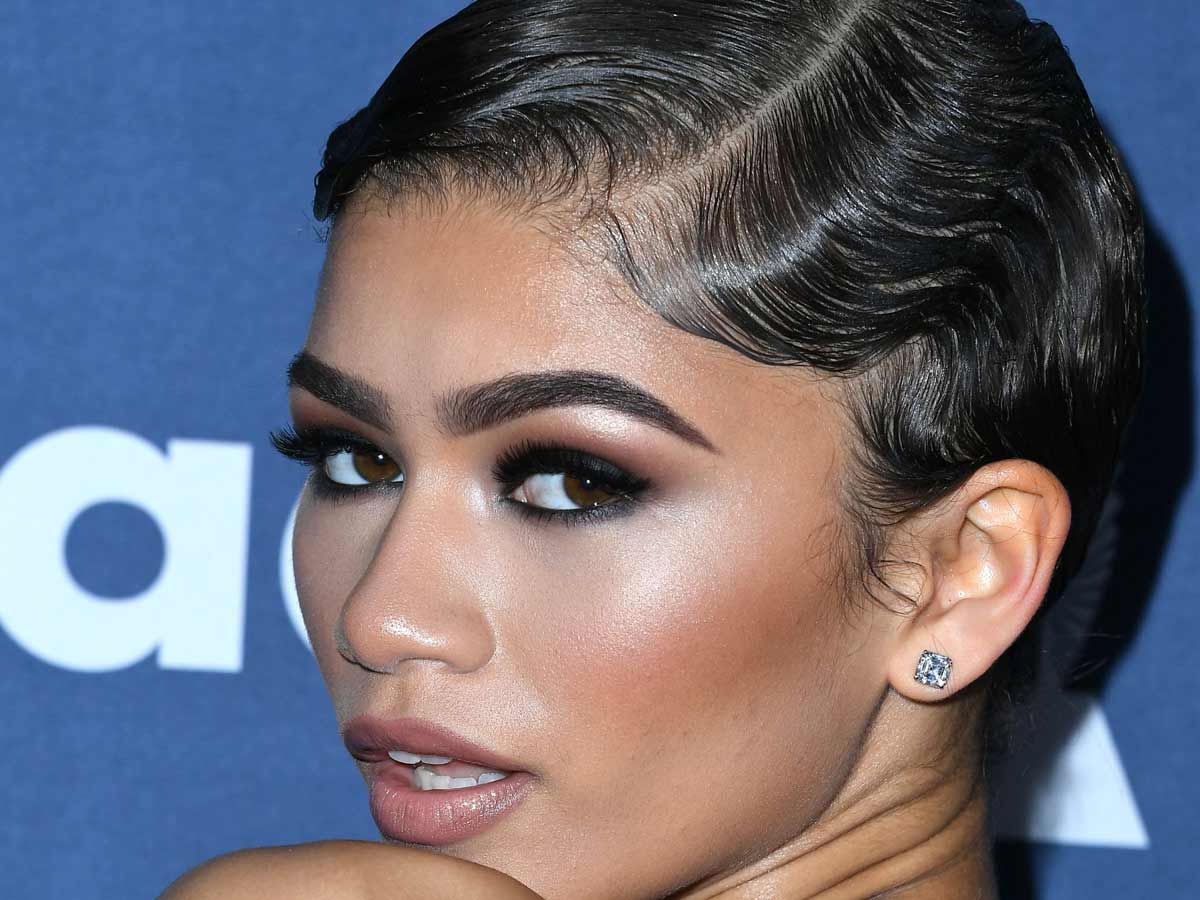
Does anyone else remember finger waves? They were super popular in the early 20th century -- mainly the '20s -- but then fell out of style. Now, they're back! Finger waves are great for women with short hair who have limited choices for fancy hairstyles because updos aren't an option.
This style needs to come back because it is fairly easy to accomplish and can elevate an otherwise casual outfit to a state of elegance. You can create finger waves by using gel, a large-toothed comb, and (obviously) your fingers! If you have a special occasion coming up, don’t be afraid to wear finger waves. You will surely stand out from the crowd of Ariana Grande ponytails and slicked-back buns.
1920s - Heavy Blush

Too much blush can make you look like a doll, but a fair amount in the right color gives you an innocent and fresh look like no other makeup product can. It’s no wonder why the women of the '20s looked like they had the softest skin in the world!
The heavy blush trend started due to the social change brought about by World War I. Women, especially flappers, applied blush with a heavy hand in order to emphasize strength, tenacity, and good health despite the social upheaval that always accompanies war. They weren't letting big conflicts beat them down, and makeup was one way to prove it!
1930s - Beauty Marks

Marilyn Monroe was the first woman to start the beauty mark trend, and because of her, many other '50s women used to enhance their existing beauty marks or create new ones with a bit of eyeliner. This trend needs to make a comeback because a beauty mark is a subtle, classy way to draw attention to your face without being over the top.
In a more modern twist of events, glitter and rhinestones replaced the traditional beauty mark a few years ago, and the appeal has only evolved. Rhinestones and pom-pom constellations are accompanying henna freckles in a bigger and shinier fashion.
1930s - Puffed Sleeves
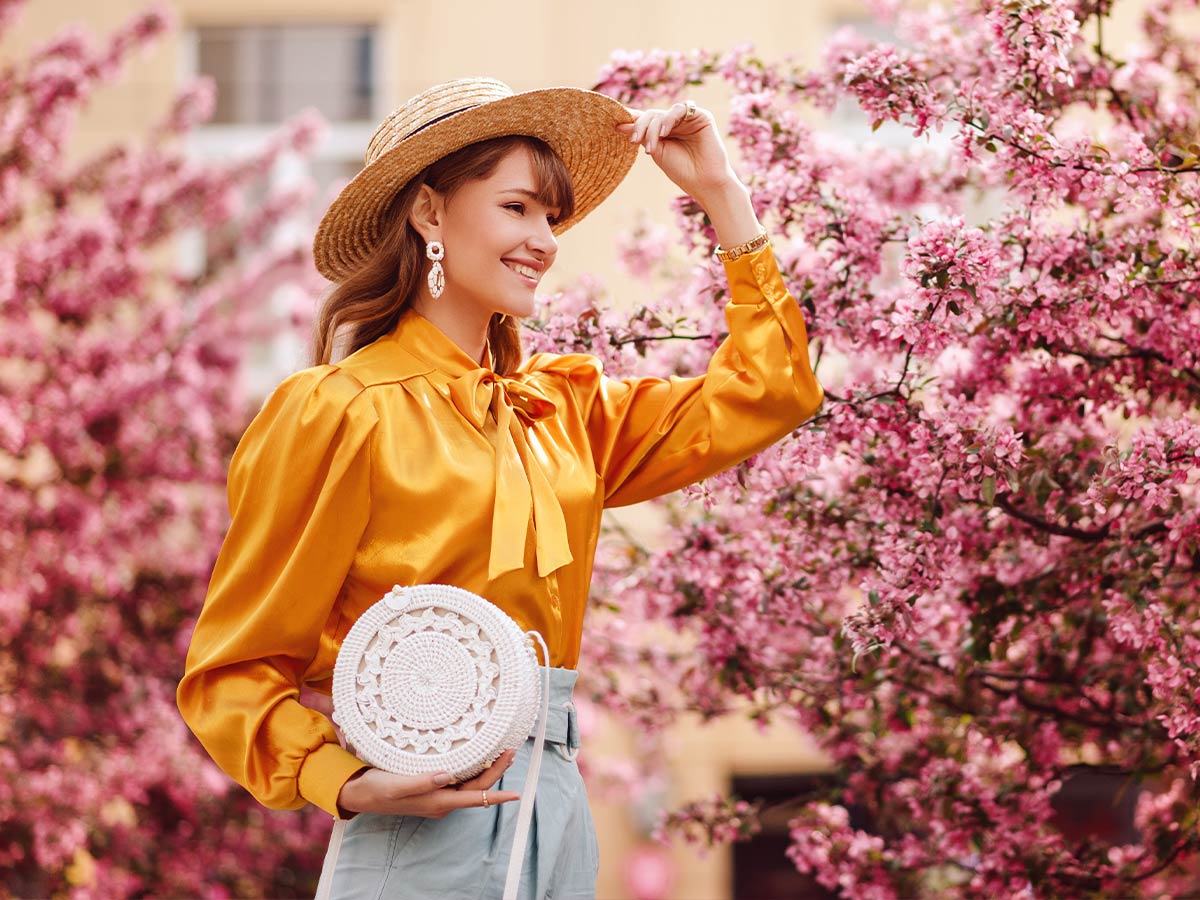
Mini dresses never really went out of style, but the ones with puff sleeves did. Now, they have slim straps or halter tops. Some of us miss the trendy puff sleeves! In addition to dresses with puff sleeves, blouses with puff sleeves are also adorable. They add a touch of femininity to any typical top.
And if puffy sleeves aren't enough for you, try bishop sleeves! We’ve all heard of bell sleeves. Well, get ready for bishop sleeves. These are basically like bell sleeves, but they’re tight around the wrist. Instead of the classic huge puffy sleeve, a thinner bishop sleeve would look best for today’s modern fashion. If you haven’t tried this style sleeve yet, it’s time.
1940s - Orange Red Lipstick
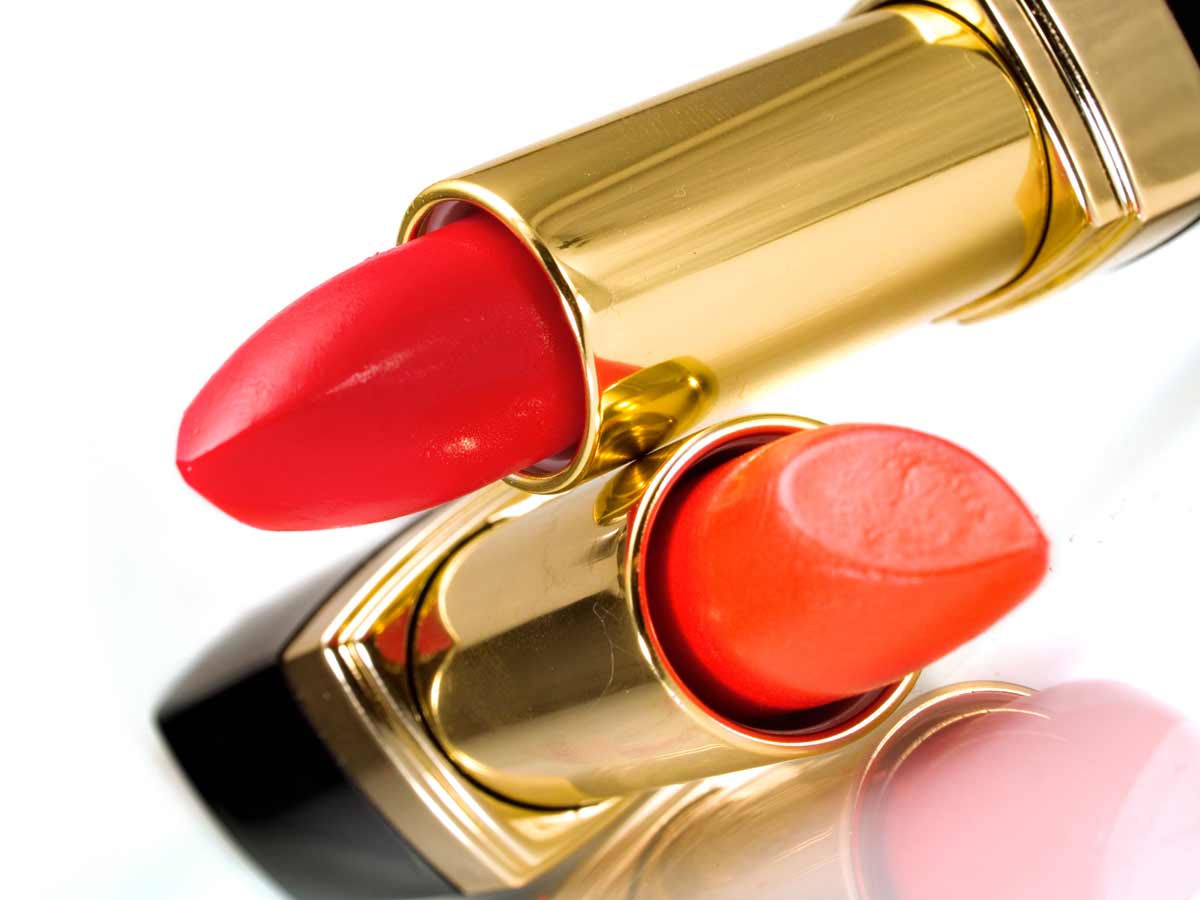
The '80s were all about bright colors, and lipstick was no exception. One of the most popular shades that popped up in this decade was orange-red. This gorgeous shade goes wonderfully with gold eyeshadow, blond hair, and tan skin, so we would love to see some famous blondes bringing back this look!
Similarly, one huge lipstick trend that emerged later on was dual lipstick. Women fashionably applied one shade of lipstick to their top lip (usually soft red) and a different shade to their bottom lip (usually a shade of pink). Do the same for orange lipstick and you'll be the definition of haute couture!
1940s - Betty Grable Pin Curls/Victory Rolls

Victory rolls rose to popularity in the 1940s due to their sleek, feminine nature. Victory rolls look great with feminine outfits, such as a lace dress, but they also provide wonderful contrast for edgier outfits, such as moto leggings and a crop top. Similarly, the Poodle Cut has been around since 1945 and was famously worn by Lucille Ball. French Poodles were a symbol of sophistication, so the hairstyle also had an air of sophistication.
Of course, if you love pin curls without taking them down, you can always slip out the pins and hairspray it down. The pinback was a classic during and after the war. It was super simple to accomplish and a stylish way to look great while working. This was the hairstyle of a woman that was about to get down to business!
1950s - Paris Cut
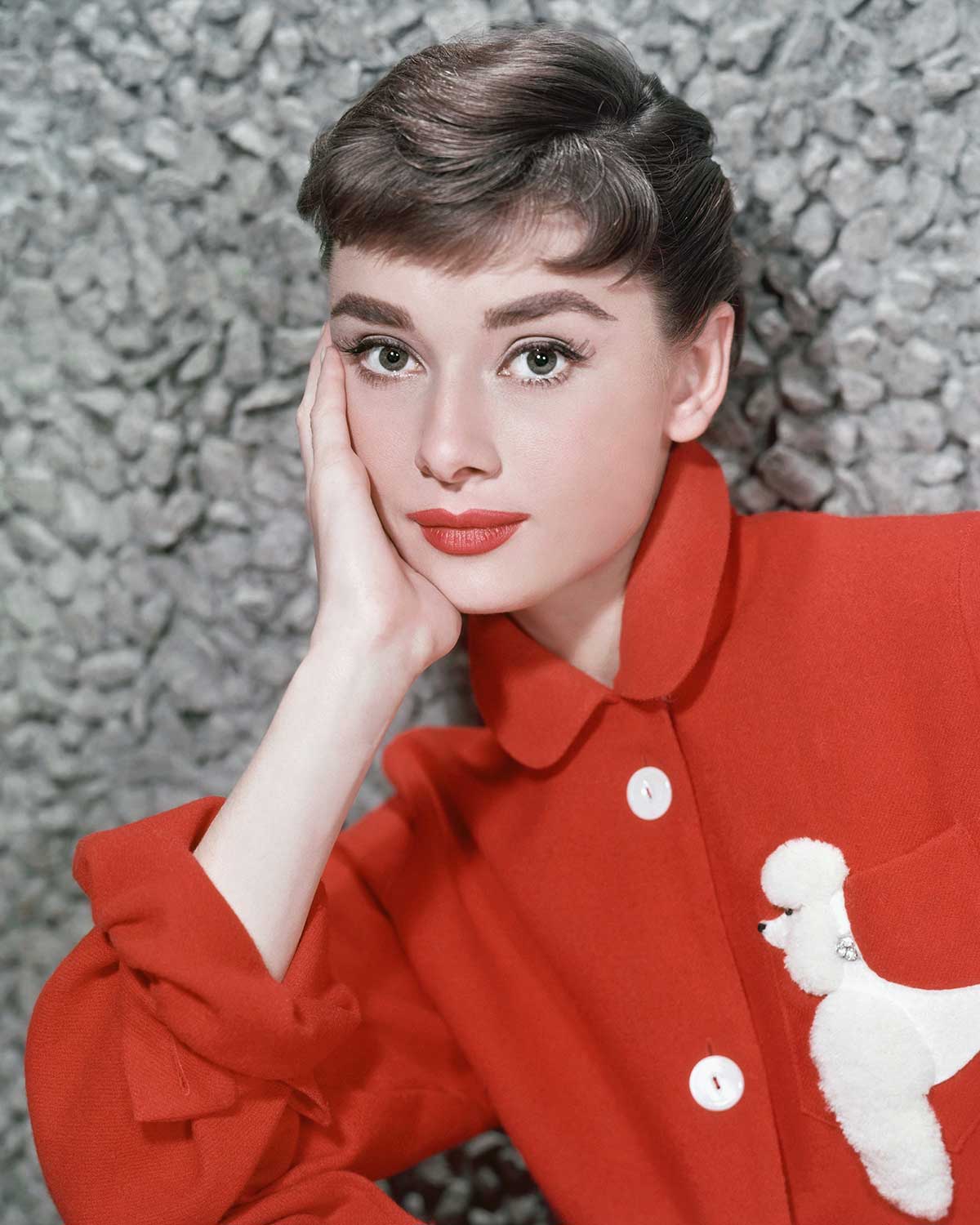
Sabrina was a film that starred Audrey Hepburn and was about a woman who attends culinary school in Paris and returns sophisticated. Since Audrey Hepburn was such a huge star, the style of her hair became known as the Paris cut. Women wanted to feel sophisticated, and the style does give an air of class that we need to see again.
Not only is the pixie cut trendy, but it's empowering and freeing! There's no better feeling for the breezy summer months. It's safe to say that pixies are totally back! Whether you choose to chop it off or do a little "sneaky sneaky" and pin your hair back, pixies are all the rage. This look is all about low maintenance that can work out for literally anyone. Also, you use a lot less product in the morning. In this economy, that's priceless.
1950s - Pearls
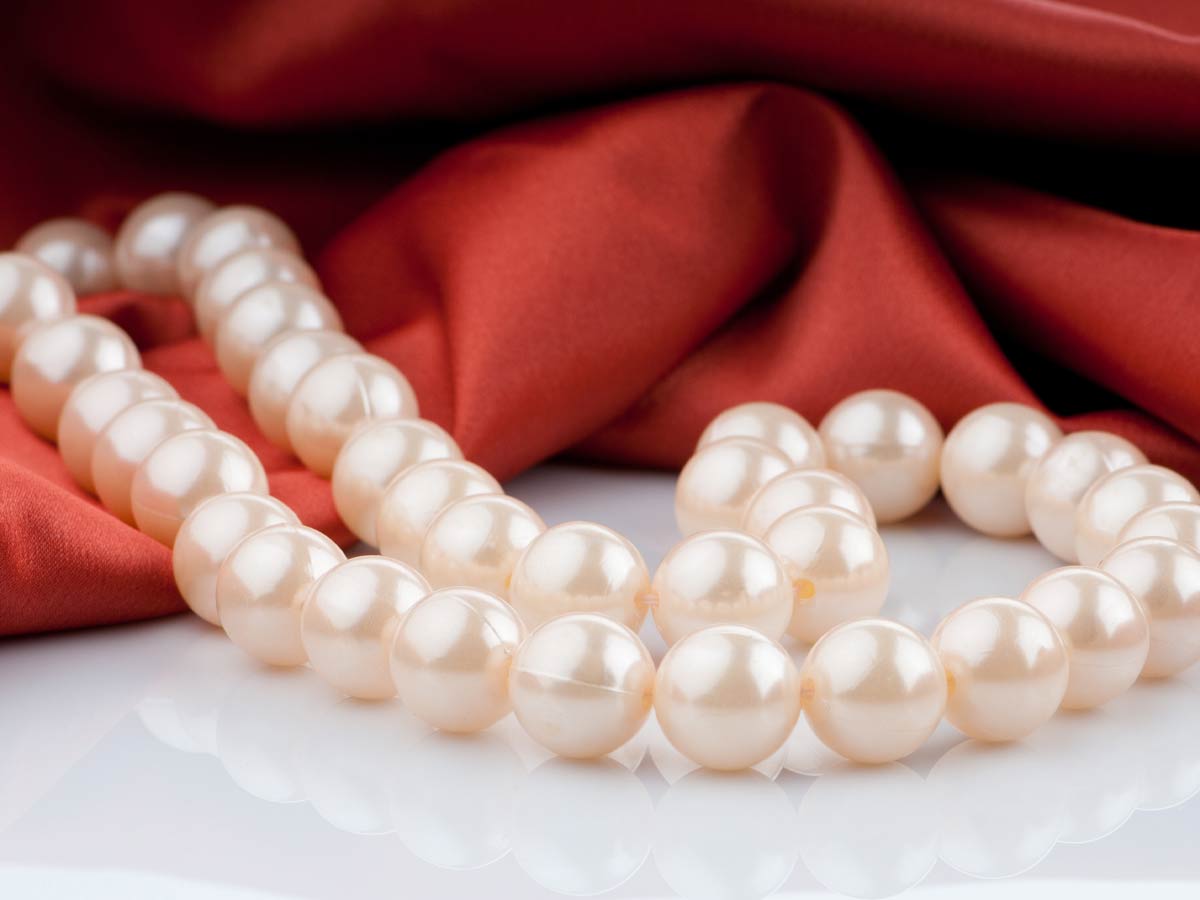
You can’t get any classier than a pearl choker. Pearls go with virtually everything (casual and formal). Plus, they aren’t as flashy as most gold jewelry, so they’re ideal for making a subtle statement. It may be a smart idea to invest in a staple piece that's high quality and will last forever rather than wasting money on cheap costume jewelry.
If you want to imitate that old Hollywood glamour, purchase a set of pearls. You’ll definitely be able to wear them on more than one occasion, so it's worth the investment. And don't trick yourself into believing that you have to exclusively wear vintage clothing with this accessory. They go with anything as long as you have the confidence to rock it!
1960s - Graphic Eyeliner
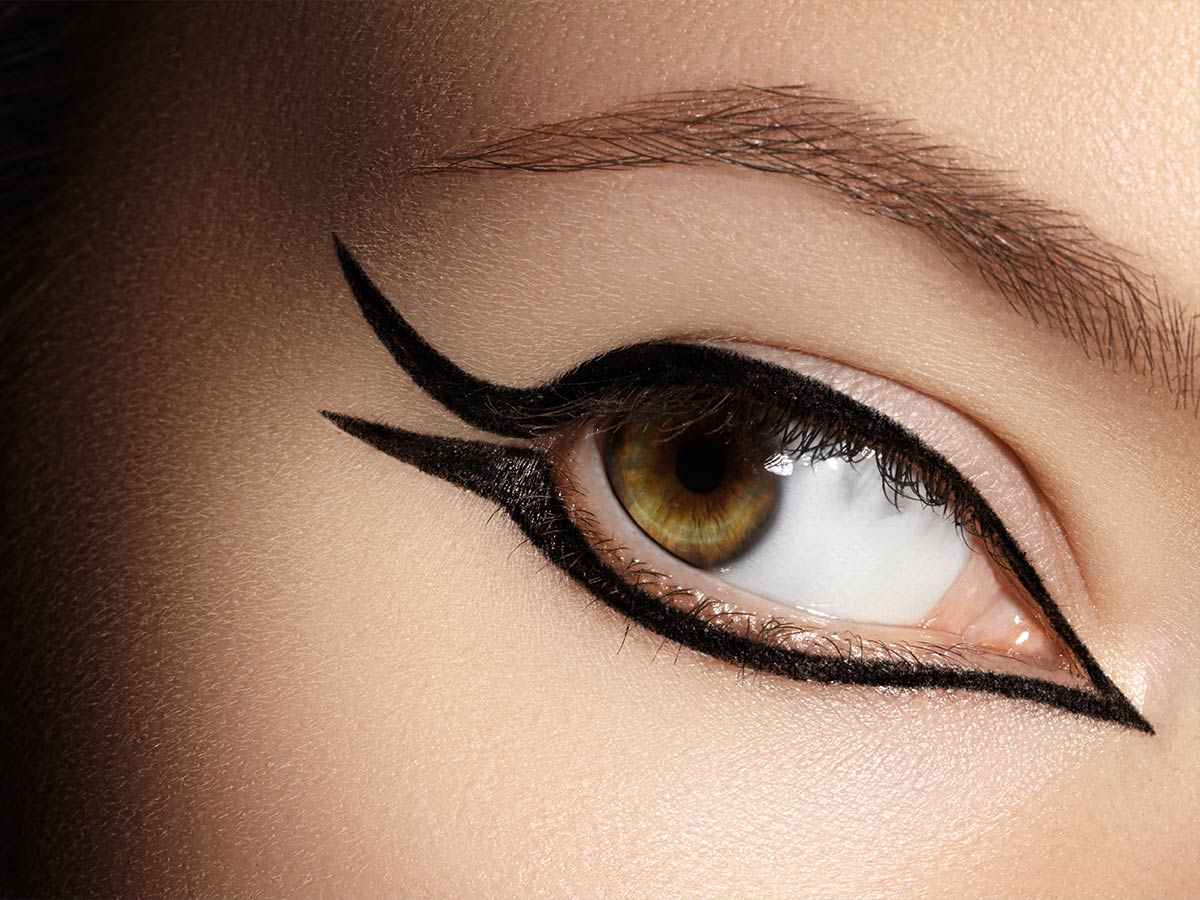
White eyeliner almost made a comeback last year, but it needs a little extra push. Adding this color under your eye can help add width to your eyes that your shadow may be taking away. It really is a miracle worker! We have Cleopatra to thank for the winged eyeliner trend. This iconic makeup look was first seen in Ancient Egypt, but it’s since evolved. The classic cat eye has appeared and reappeared multiple times throughout the last century.
Graphic liner rose to popularity in the 1960s because of its bold, artistic nature. Graphic liner consists of eyeliner that is applied in a creative way, such as multiple lines above and around the eyes. We see graphic liner as a fun way to add visual interest to your makeup routine, especially if you’re headed to a festival or concert.
1960s - Go-Go Boots
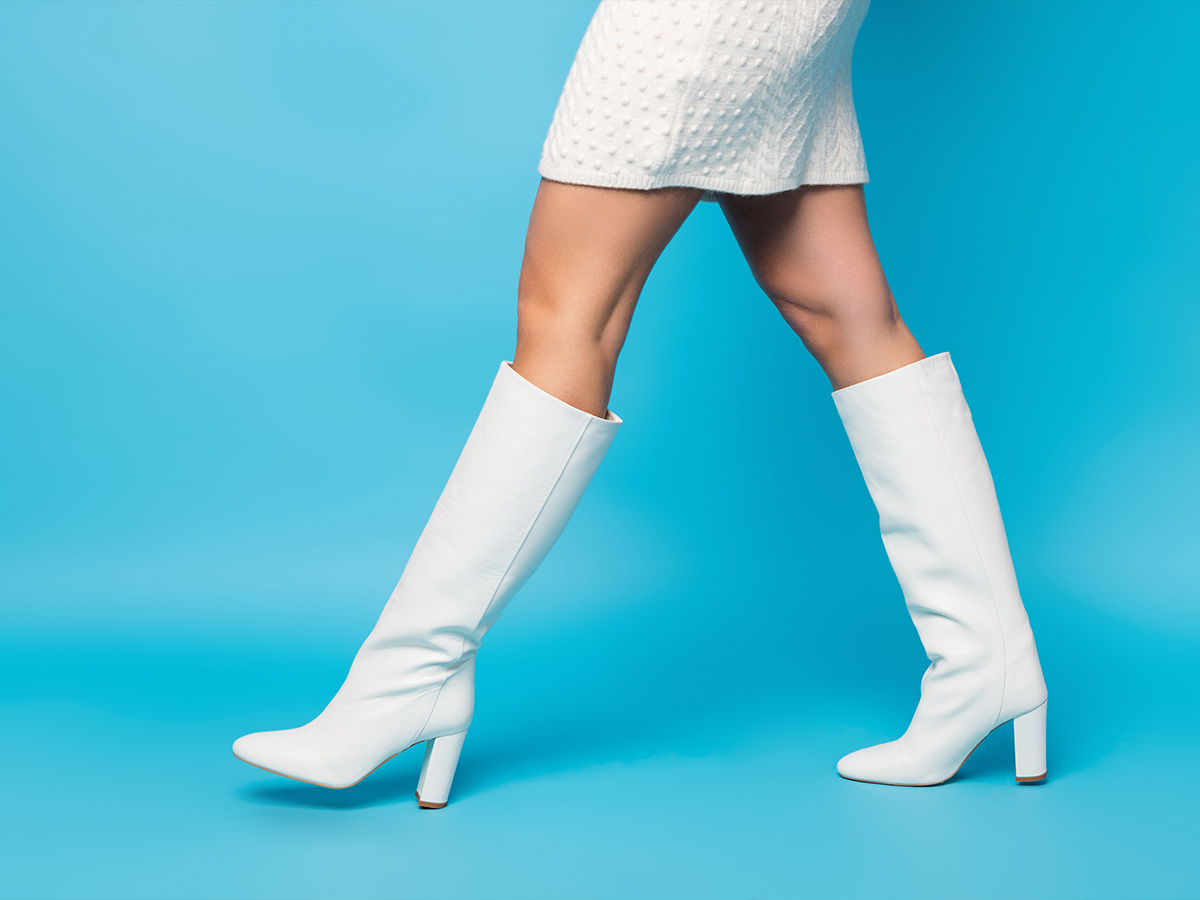
The cover of Nancy Sinatra’s hit album, Boots, was adorned with an image of her wearing the iconic go-go boots. The white, knee-length shoe became a mod fashion trend during the ‘60s and ‘70s. We absolutely adore statement boots. Some of us own leopard print boots while others prefer stark, saturated red. Basically, you can’t go wrong when your boots steal the show.
There’s a time and a place for over-the-knee boots, and that’s now. First, they’re crazy warm, which is great for our legs when the wind is cutting through us. We prefer the low heel boots, so we keep our traction. Plus, when you want to leave your bag at home, boots can add a needed splash of color. Wearing red, yellow, or blue boots is a lot easier than swapping out your bag, anyway.
1960s - Flipped Ends
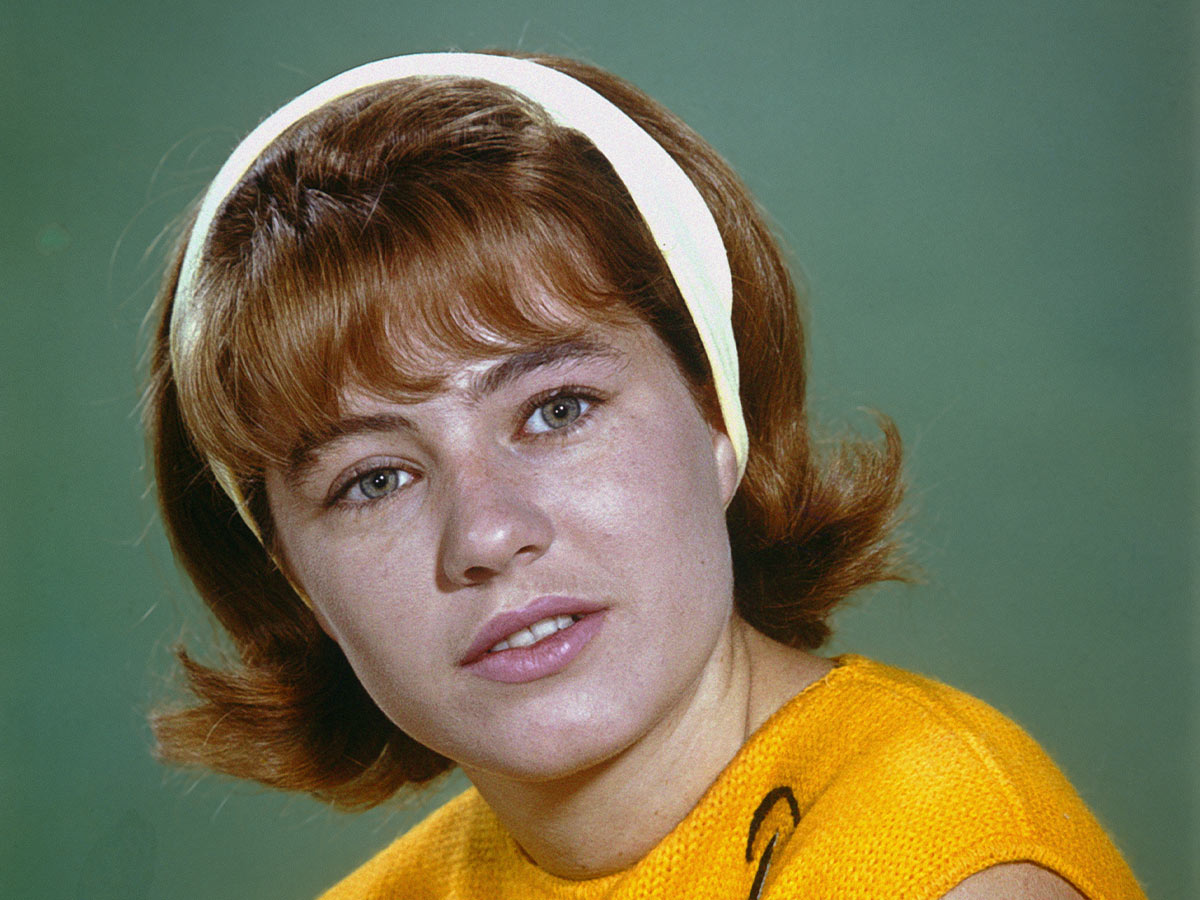
Love Mad Men? You may have seen this style since it was popular during that time period. To get it, it’s incredibly easy. You just need a curling iron, a round brush, and some bobby pins. Start by curling your hair with the iron and pin it up. Leave it in for at least 20 minutes before you let them down. You can get a little more volume by teasing the roots.
This trend died out then was revived briefly in the ‘90s, but we want it now, too! It's flattering, which was why it stuck around as long as it did. It started with a bobbed haircut, but instead of wearing it as a blunt bob, women would use a straightener and hairspray to flip the ends of their hair outward. While there are many renditions of this hairstyle today, Drew Berrymore’s ‘90s rendition of the flipped-out bob is unforgettable.
1970s - Halter Tops

If you remember anything about 1970s-’90s fashion, you most likely remember the halter top. It was legendary. Instead of having two shoulder straps, it had one strap that looped around the neck. This style was new and exciting, which is probably why everyone had a halter-style top. This style is still worn today.
Lots of dresses have even embraced this look. This is because the halter top is universally flattering and extremely comfortable. The only drawback is that you should wear a strapless bra with halter tops so your bra straps aren’t showing when you wear it.
1970s - Afro
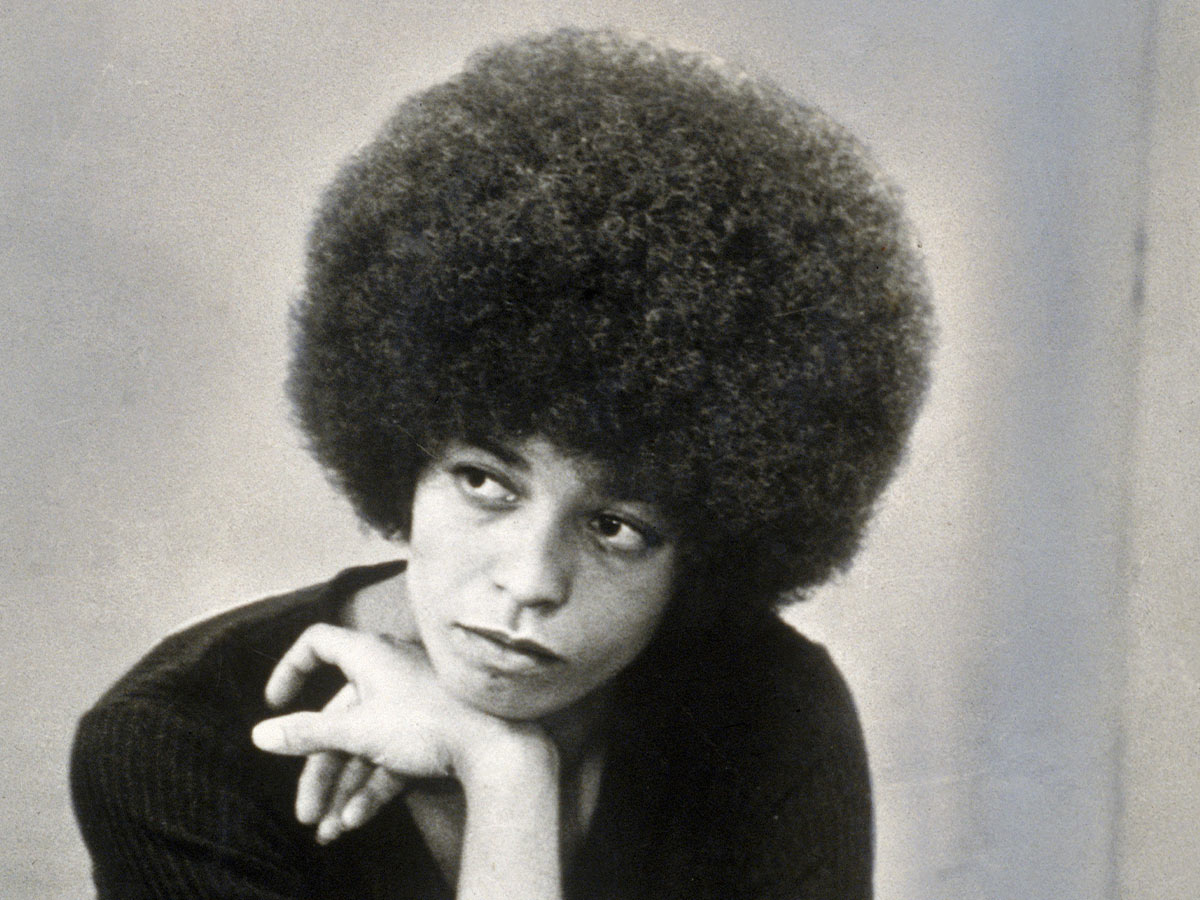
It's time to rock what the good Lord gave you! Natural hair is here to stay, and we're excited to see it all over the place. It doesn't matter what texture you have. Wear it proudly, long or short. Natural hair is beautiful. The natural hair movement" encourages POC to embrace their textured hair. The first movement has its roots in the 1960s United States and a resurgence in the 2000s.
Especially in this day and age, keeping your hair natural is the most practical and logical solution to working long hours from home. Curls are totally in, and the tighter (and bigger), the better. Just try to avoid damaging your hair when you're trying to achieve this look. It's easier than you think! If you search, there are plenty of no-heat tutorials, and we always suggest using less heat for minimal damage.
1970s - Long and Shaggy
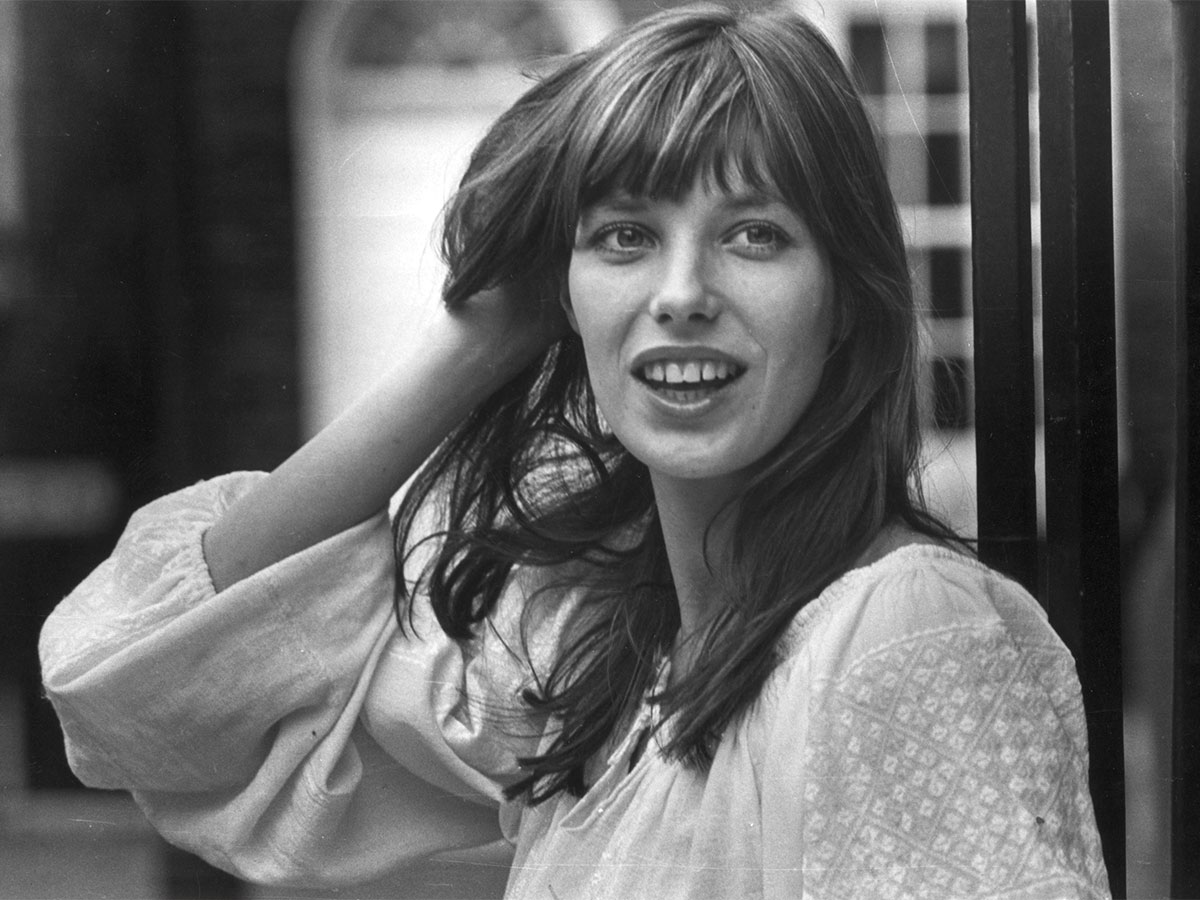
Shag hair is essentially blunt-cut hair with a natural texture, and it was fairly widespread in the 1970s. (This shouldn't be surprising, considering the hippie movement!) We believe this hairstyle is long overdue for a resurgence, perhaps with a modern twist like an asymmetrical cut.
The ‘70s-inspired curtain bangs have made a comeback. They’re low-maintenance and increasingly popular. And I don’t think they’re going anywhere anytime soon! The center-parted bangs will frame your face and emphasize your facial features. This style perfectly pairs with long and shaggy layers, and is flattering as bangs that are either long or short.
1980s - Power Suit

The ‘80s and ‘90s introduced us to the female power suit. Suits were no longer just for men and women were all about it. Oversized blazers featured huge shoulder pads and bright patterns and bold colors. Women couldn’t get enough. The same can be said today. Women are still attracted to blazers. Their sharp lines and professional look command power and attention. And as if that isn’t enough, they’re sold in bright hues so they’re literally impossible to ignore.
The power suit is for the woman who wants to wear more than just a blazer. Wearing the entire power suit—blazer and trousers—is so iconic. Women were all over this in the ‘80s and ‘90s. I always think of the movie Working Girl when I see a woman in a suit. I’m so happy this trend is still around today. And I hope it never goes out of style. Women are all about embracing this look, and because they are, fashion outlets are producing and selling all kinds of blazer and trouser sets.
1980s - Feathered Hair

There’s no denying the fact that “Charlie’s Angels” star Farrah Fawcett was a fashion and beauty icon. Although her acting made her famous, she’s often remembered for her loose and abundant hair. She was the definition of femininity during the 1970s and we'd definitely take style advice from her!
Her hairstyle inspired — and continues to inspire — women in every season, but we think that this summer is the best time to really rock the big and bouncy look. Her stylist kept the layers around her face short, her hair on top flat, and the edges of hair flipped out. These waves require mousse, a curling iron, and lots of hairspray.
1990s - Brown Lip Liner

Long before the “Kylie Jenner Lip Challenge” went viral, there was another way to make your lips appear as full as Marilyn Monroe’s. She had her makeup artist apply five different shades of lipstick to her lips with darker hues in the corners and lighter shades towards the center, so if you don’t want to undergo plastic surgery, try this style secret out!
Another way to make your lips look fuller, other than using every lipstick color on the spectrum, is to draw your lipliner outside of your natural lips. Complete the look by filling in the empty space with lipstick. Actresses, like Vivien Leigh, were known for using this technique with great success, but don’t go overboard with it. People will notice.
1990 - Grunge

‘90 grunge was a fashion evolution based on the grunge music scene. Band tees, ripped denim, flannel, combat boots, and dark colors appeared overnight. Bands like Nirvana, Pearl Jam, and Alice in Chains inspired this movement; now it's the Grateful Dead, Rolling Stones, The Doors, and others leading the way. We pair these tees with trousers, skirts, blazers, cardigans, and accessories so they can be worn year-round.
Nowadays, grunge is pretty versatile, but it’s mostly hardcore. Soft grunge is where it should be at. Throw on a floral dress, a pair of Doc Martens, and a leather jacket, and you're good to go! If you need inspiration, look to the ‘90s celebrities that spent a lot of time touring with bands and spending time at music gigs!
2000s - Daisy Dukes & Jorts

Denim shorts never go out of style—and you're going to love the newest way they're being worn. Instead of purchasing the shortest and tightest denim cutoffs you can find, look for a looser and baggier denim. Not only is this more trendy, but it's way more practical for the sweltering summer months.
Mom jeans have been back on the scene for years, and the high-waisted, long short followed in it's stride. A complete counter-movement to the Daisy Dukes, the resurgance of vintage trends keeps your goodies covered while staying comfortable. Plus, platform sandals are a great piece to pair with your denim!
2000s - Kitten Heels & Ballet Flats
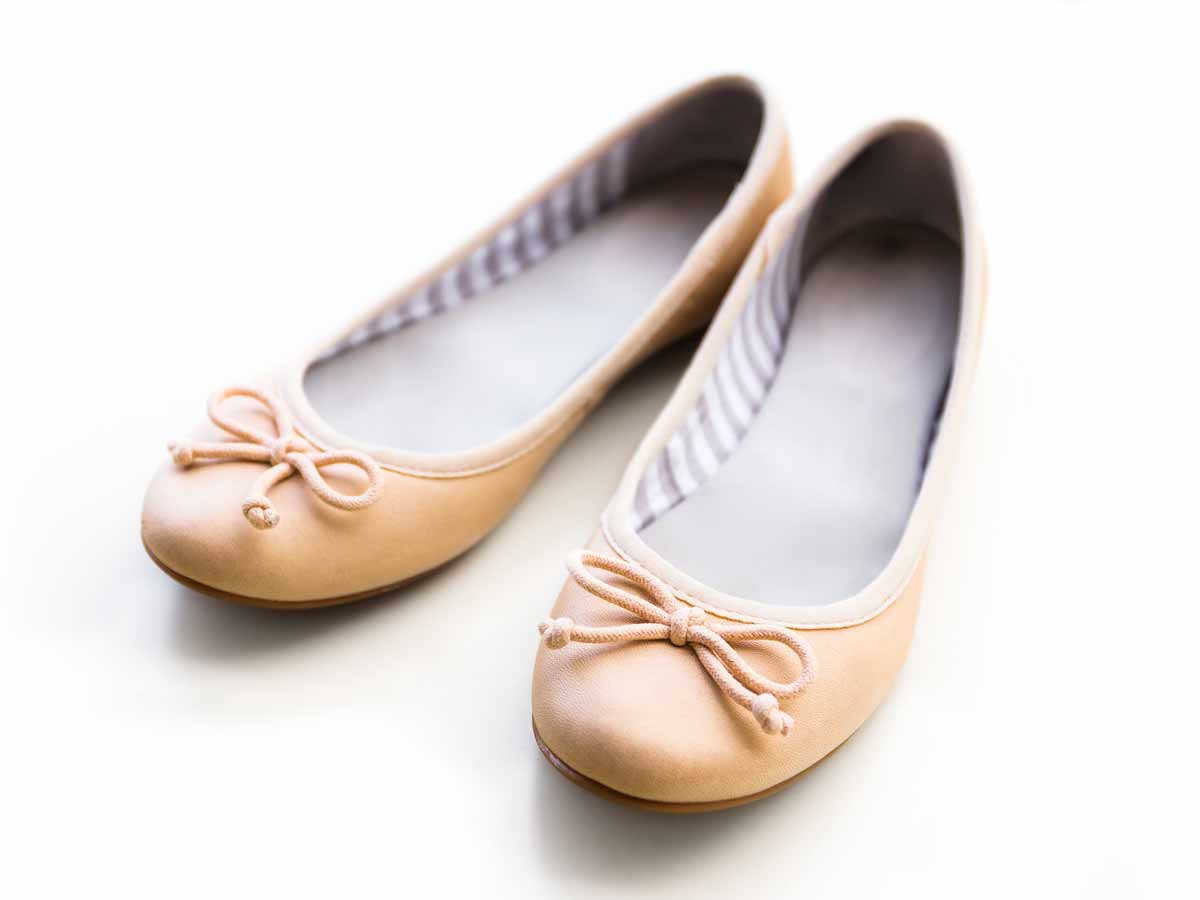
Heels are getting higher and higher, and even though they’re sexy, they are uncomfortable and bad for your back. You can achieve the same chic look by putting on a pair of kitten heels that will keep you from being miserable the entire evening. Even better? Bring back the ballet flats!
Kitten heels were a style first popularized by Audrey Hepburn, and other modern celebrities have finally started wearing these heels again, making them popular. French women take it further by incorporating comfy and sleek ballet flats into their everyday wardrobe. Comfort is key and should be a baseline for popular fashion.
2000s - Butterfly & Claw Clips

You know how we said that the 2000s were coming back? Yeah, we literally mean that. Hair accessories are also coming back with a vengeance. Thankfully, that means butterfly clips are going to be reintroduced. You’ll be hard-pressed to see us wearing some of that decade's monstrosities again, but hair clips aren't included in that awful category.
You’ll notice there are a few updates. Hair barrettes have gotten larger – much larger. Now, some are big enough to cover the entire back of your head! Some still roll with the smaller ones but add three to five to create a little design. At the same time, claw clips are back in many shapes, sizes, and colors.
2010s - Flower Crowns

Chintzy florals were once the bane of existence. While it hasn’t bled over into the décor scene just yet, florals are highly sought after now. The best way to wear this trend is a dress, but some brave fashionistas go for full floral coats and — our personal favorite — crowns.
As the ‘70s made a roaring return to the world of editorial fashion spreads and Pinterest boards in the past couple years, the shag haircut has subsequently tip-toed back into the salon scene. When you think of the 1970s, you may picture flower crowns accenting super long, but the shag was actually worn by people of all different hair lengths.
2010s - Dip Dye Ombre

Dip-dye ombres were a huge moment in the 2010s. The world was your oyster! Just bleach half your hair, grab a pack of Kool-Aid, and you've got a low-commitment fashion hair color to rock for a month! Like we said, You can choose any color you want, from a geode’s natural purple or blue hue to pinks or greens. This is also a great color option because it looks amazing on both light hair AND dark hair.
But if you don't want such a blunt look, try colorful balayage or a simple foilyage. The most recent balayage technique on the market is "foilayage." This is when stylists will highlight their client's hair by hand-painting bleach onto individual sections of the hair and wrapping the hair in foil. This process gives highlights subtle dimensionality, extra shine, and a classy sun-kissed look for summer.
2010s - Millennial Pink
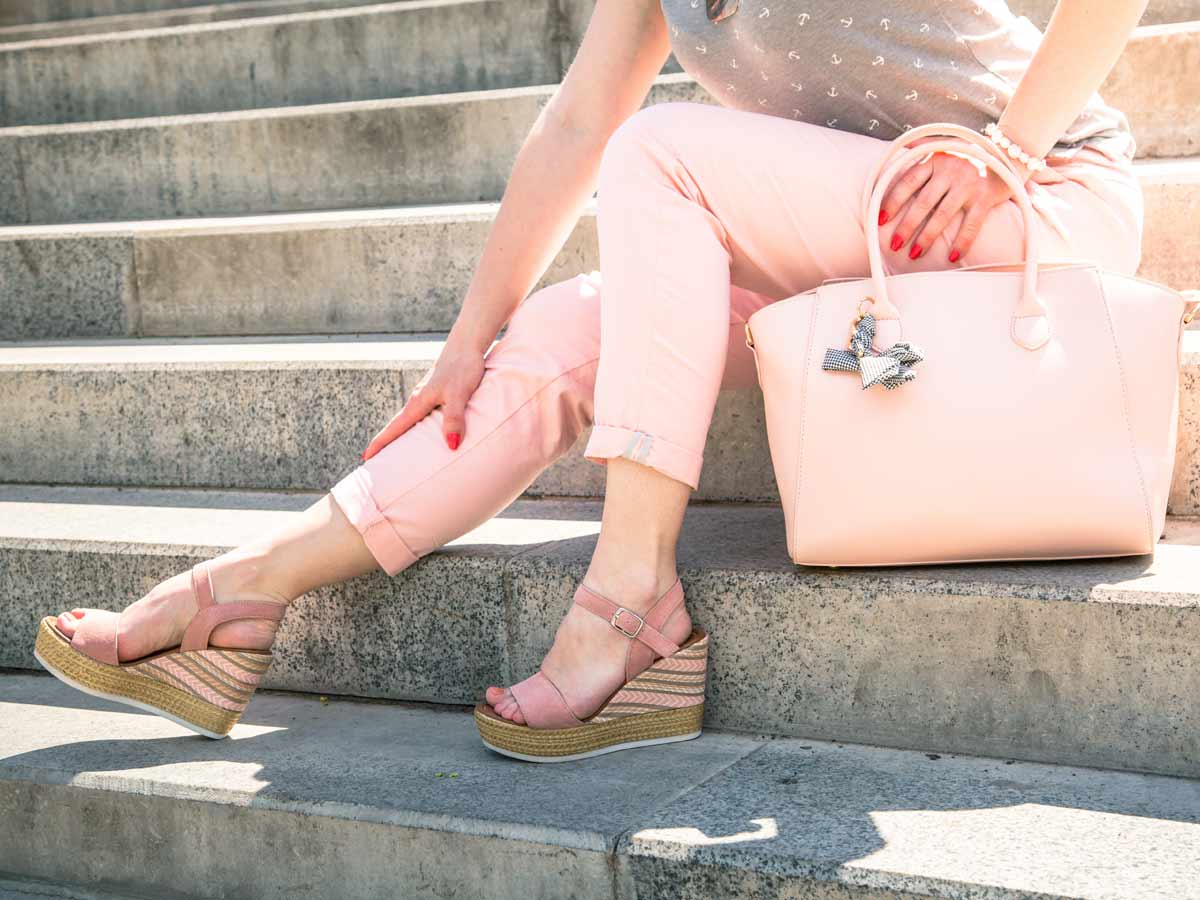
The soft Millennial Pink color took the world by storm in the 2010s, and we're sad that it's died out in popularity. People still wear this color, but we want everyone to get back on the bandwagon! It's such a simple color to pair with many different colors for outfits and hairstyles.
Plus, decorating your home with Millennial Pink is a modern design classic. Not everyone will love it, but a splash of soft pink here and there will give your home a classy modern vibe that's hard to achieve during a time riddled with HGTV "farmhouse" chic.
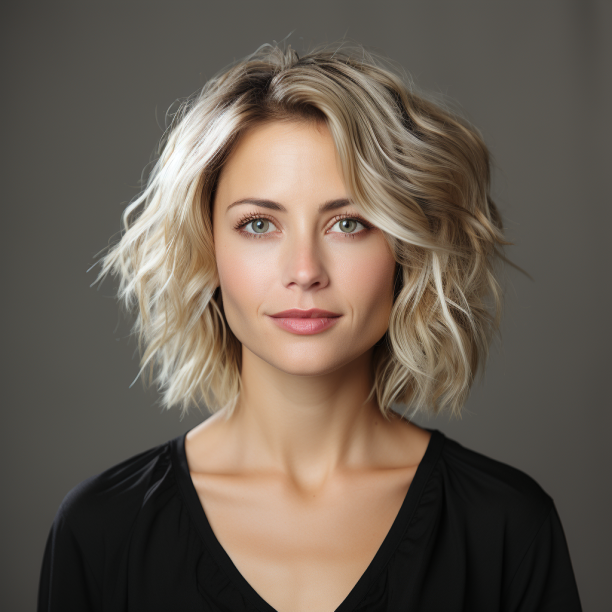 Author
Rachel Downs
Last Updated: August 24, 2025
Author
Rachel Downs
Last Updated: August 24, 2025